|
Good morning to you all on Thursday 25th March. My morning analysis of the Italian press has been akin to navigating through a volcanic ash cloud of original news, fake news and rehashed stories given new twists. Suffice to say that there's very little of the original to discuss so let's just focus on the cold hard facts for now.
So let's start with a look at yesterday's Coronavirus figures. Again, it's interesting to see how many ways one set of numbers can be interpreted. For example, I've read one report this morning stating that cases are "surging" again but this is lazy journalism. It's been apparent for some time now that the reporting of the figures differs from day to day; there are some days when you always get a lower figure, such as Monday, and others that are always relatively higher. The real trends seem to emerge when comparing the figures to the equivalent day last week and by doing so, you can get a pretty good idea of what the next number will be. Yesterday in Italy there were 21,267 new cases of Covid-19, a decrease of 1,758 from the previous Wednesday and the seventh consecutive day in which the number has fallen by that measure. Whilst it's wrong to say the new cases are dropping rapidly, the pattern is a lot more encouraging than it was a few weeks ago when the numbers were rising exponentially. They then levelled-off and are now continuing a gentle decline of around 6% compared to the previous week. The figure to look out for this evening is 24,907 which was the reported figure last Thursday; without getting the calculator out that should result in around 23,000 new cases when the new figures are reported later. All of the more drilled-down daily figures are on the home page and include numbers of tests, the positivity rates and numbers of vaccinations carried out. Yesterday's story about the 29 million doses of the AstraZeneca vaccine did eventually make waves around the world. It would appear that 13 million of those doses are bound for the COVAX scheme that aims to distribute the vaccine to poorer nations while the remaining 16 million are destined for the EU. The fact that those doses weren't bound for the UK, as was first reported, makes this story significantly less explosive although it's really difficult to understand which parts of the story are true and which aren't; perhaps there's a certain degree of smoke and mirrors at play. It's more than a coincidence that we move from political subterfuge to the subject of Silvio Berlusconi, the ex PM and current leader of the centre-right Forza Italia party. He is due in court soon to answer charges of bribery and his appearance now seems more likely as he has been released from hospital; I'm not sure which of those two facts will please people more! At the beginning of this month I highlighted an area of the southern region of Puglia known as the Gargano Peninsula which is famous among other things for its wonderful beaches. However, Puglia can boast an even more illustrious coastal area if you head down to its southern tip. It amazes me now how little research I used to when I visited new places in Italy. When I first went to Puglia I found myself in the beautiful city of Lecce and as I walked around, I noticed there were lots of guide books and post cards for a place called Salento. I looked on the map to see if I could locate the town but eventually realised it was an entire region within a region. Lecce is very much the cultural heart of the Salento region and a city not to be missed. Its Baroque architecture and monuments dating back to Ancient times provide it with a great legacy of places to visit but it's really the coastal towns around the edges of the Salento that attract the majority of its visitors. The coastline moves around the bottom of the metaphorical Italian heel with its eastern side facing out on to the Adriatic Sea which then becomes the Ionian Sea as you navigate westwards. On the Adriatic Coast the major seaside town is Otranto with its beaches, azure waters and fascinating historic centre while over on the Ionian Sea the town of Gallipoli is just as beguiling. There are dozens of smaller towns of beach resorts including Santa Maria al Bagno, Santa Caterina and Castro, all of which boast clear, shallow waters. Marking the southern tip of the Salento at the point where the two seas meet is Santa Maria di Leuca with its hilltop sanctuary and monumental waterfall. Away from the towns and the resorts there are endless beaches and coastal areas marked with jagged cliffs creating dazzling landscapes. Close to the beach resort of Torre dell'Orso there's a cave known as the Grotta della Poesia where the bright blue water attracts bathers and daredevil divers throughout the summer months while other quirky spots close by include the likes of Marina Serra and Torre Sant'Andrea. I've missed out more than I've written about the Salento above but we can come back and explore some of its other beaches and inland towns in future blogs. I'll leave you for now with some images of the area and I'll be back with more tomorrow. Buona Giornata Comments are closed.
|
AuthorMy name is Dion Protani, founder of Italy Review. The Italy Review blog is designed to provide ideas and inspiration to visit places in Italy you might not have heard about, as well those you have. Archives
December 2023
Categories |
- Home
-
Must See Italy
-
Cities of Italy
>
-
Towns and Villages of Italy
>
- Hill Towns of Italy >
- Historic Towns of Italy >
- Mountain Towns of Italy >
- Ski Resorts of Italy >
- Colourful Italian Towns >
- Italy's Most Beautiful Villages >
- I Borghi Piu Belli d'Italia >
- Orange Flag Towns of Italy >
- Vineyard Towns of Italy >
- Mural Towns of Italy >
- Spa Towns of Italy >
- Ghost Towns of Italy >
-
Italian Coastal and Lake Resorts
>
-
Italian Islands
>
-
Man-Made Landmarks of Italy
>
-
Natural Landmarks of Italy
>
-
Religious Buildings of Italy
>
-
Cultural Institutions of Italy
>
-
UNESCO World Heritage Sites in Italy
>
- Residences of the Royal House of Savoy >
- Arab-Norman Palermo and the Cathedral Churches of Cefalu and Monreale >
- Early Christian Monuments of Ravenna >
- Longobards in Italy Places of the Power 568 to 774 AD >
- Medici Villas and Gardens in Tuscany >
- Late Baroque Towns of the Val di Noto South Eastern Sicily >
- 18th Century Royal Palace at Caserta with the Park the Aqueduct of Vanvitelli and the San Leucio Complex >
- Venetian Works of Defence Between the 16th and 17th Centuries Stato da Terra Western Stato da Mar >
-
Parks of Italy
>
-
Cities of Italy
>
-
Italy
-
Travel
- Airports of Italy >
- Price List for Italian Airport Transfers >
-
Italy Ferry Routes and Schedules
>
-
Sicily Ferry Routes
>
- Aeolian Islands Ferry Schedules >
- Aegadian Islands Ferry Schedules >
- Pelagie Islands Ferry Schedules >
- Mazara del Vallo Ferry Schedules
- Messina Ferry Schedules
- Milazzo Ferry Schedules
- Palermo Ferry Schedules
- Pantelleria Ferry Schedules
- Pozzallo Ferry Schedules
- Termini Imerese Ferry Schedules
- Ustica Ferry Schedules
- Gulf of Naples Ferry Routes >
- Amalfi Coast Ferry Routes >
- Tyrrhenian Sea Ferry Routes >
- Pontine Islands Ferry Routes >
- Calabria Ferry Routes >
- Tuscan Archipelago Ferry Routes >
- Ligurian Sea Ferry Routes >
- Sardinia Ferry Routes >
- Italian Adriatic Ferry Routes >
- Tremiti Islands Ferry Schedules
- Italy to Albania Ferry Routes
- Italy to Greece Ferry Routes
- Italy to Corsica Ferry Routes
- Italy to Croatia Ferry Routes
- Italy to Spain Ferry Routes
-
Sicily Ferry Routes
>
- Italian Ferry Ports
- Driving in Italy >
- Trains in Italy >
- Buses in Italy
- Trams in Italy
- Taxis in Italy
- Italy Hotels
-
Culture
-
Italian Architectural Styles
>
- Ancient Roman Architecture
- Early Christian Architecture
- Italian Byzantine Architecture
- Italian Romanesque Architecture
- Italian Gothic Architecture
- Italian Renaissance Architecture
- Italian Baroque Architecture
- Italian Neoclassical Architecture
- Liberty Style Architecture
- Italian Fascist Architecture
- Modern Italian Architecture
- Articles >
- Italian History
- Italian Cuisine by Region
- Italian Opening Times
- Film and TV Locations in Italy
-
Italian Architectural Styles
>
SITE SEARCH
If you want to find a page quickly and you're not sure where to look you can use the Site Search box below and it'll point you in the right direction.
YOUR COMPLETE GUIDE TO ITALY
|
Italy Review is an independent guide to Italy, showcasing the very best that the country has to offer. Throughout the four thousand pages of the website you'll find comprehensive tourist information, opinion and original photos.
Alongside the major tourist destinations that you've already heard of, there are thousands of others that may come as a surprise with the intention of the website to provide inspiration for your future trips to the country. The photos and descriptions on the website are all my own work and are the fruit of my extensive travels around the country. I've visited every place that's listed on the website which means I'm able to give useful advice for first-time visitors. You can keep in touch with the latest developments in Italy via my Italy Review Blog for which you'll find links below to the Facebook and Twitter pages. If you'd just like to start your exploration of Italy with some ideas of places to go then I'd recommend starting at the highlighted must see Italy page. Or using the grid to your right you can click a photo to enter the main menus. |
|
THE ITALY REVIEW NETWORK SISTER SITES:
All photos and images on the site that are marked with the © copyright symbol or with the Italy Review series logos are the property of Italy Review and must not be used elsewhere without prior permission. All written content on the website is also the property of Italy Review and its use is strictly limited to this website alone.

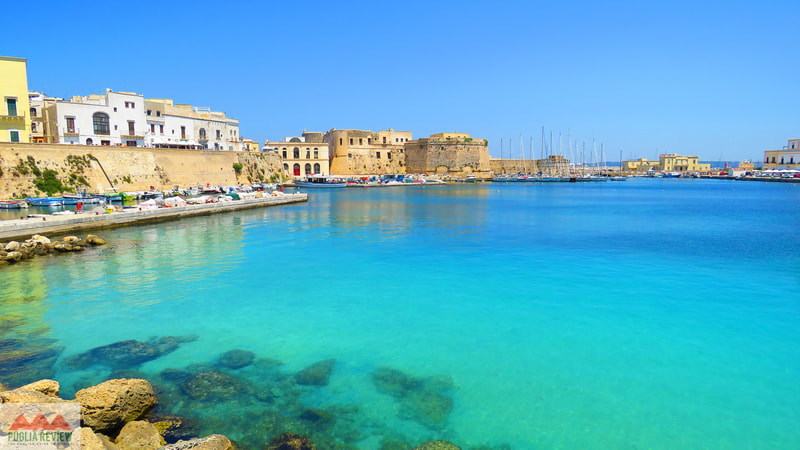
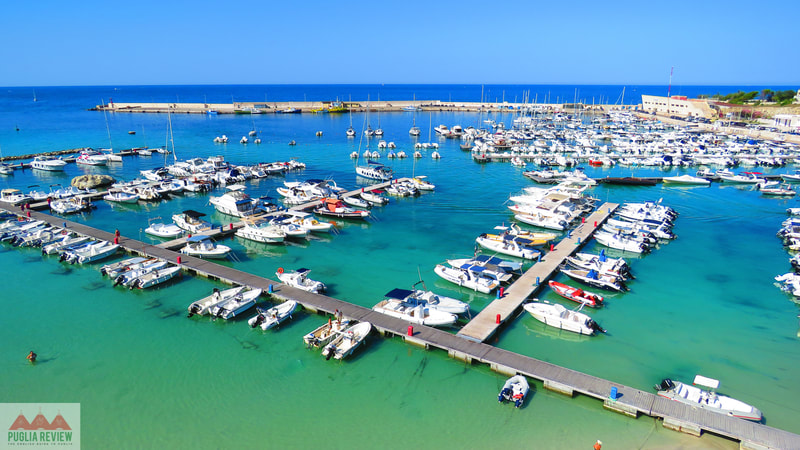
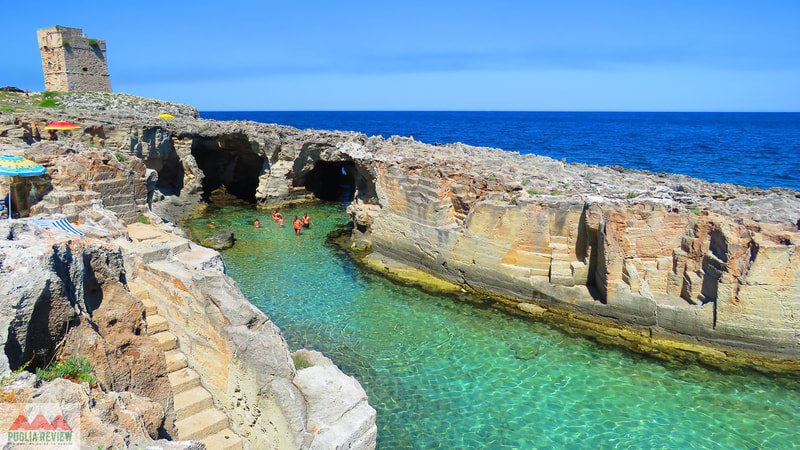
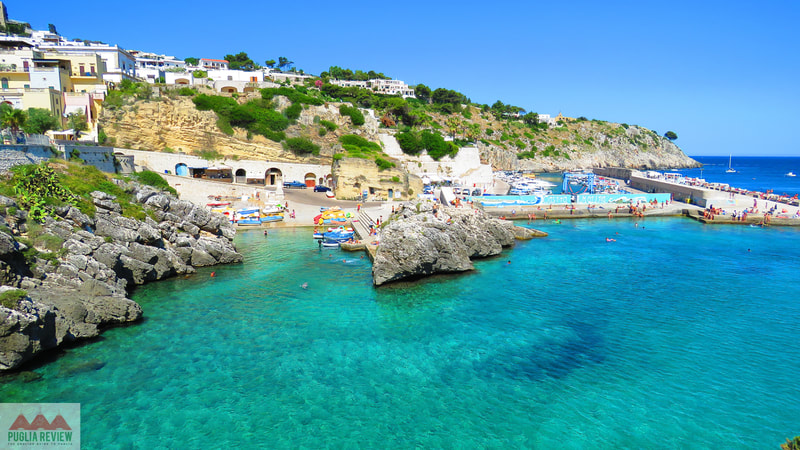
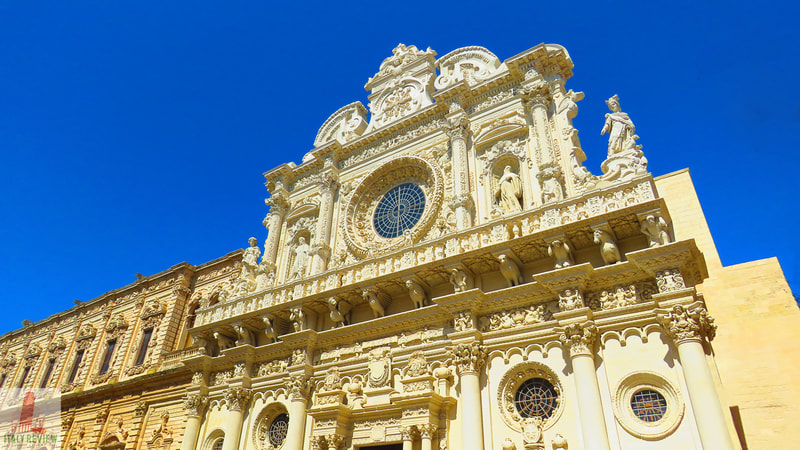
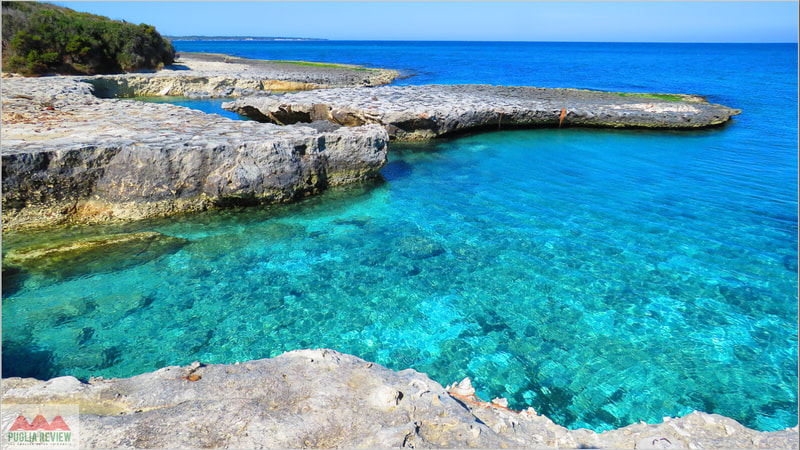
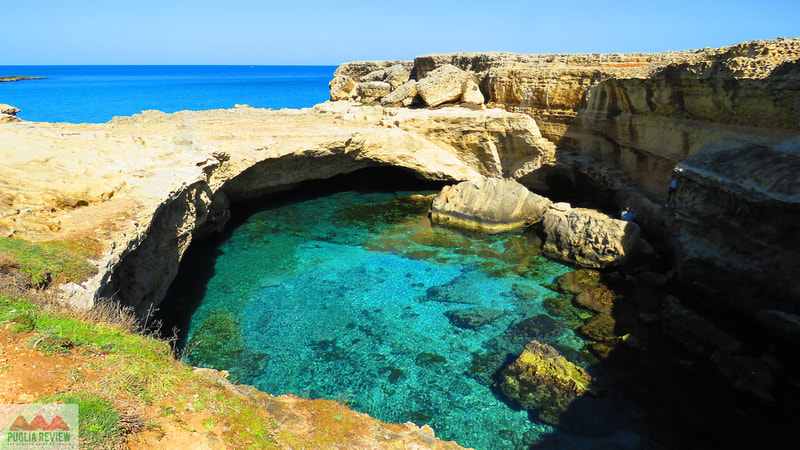
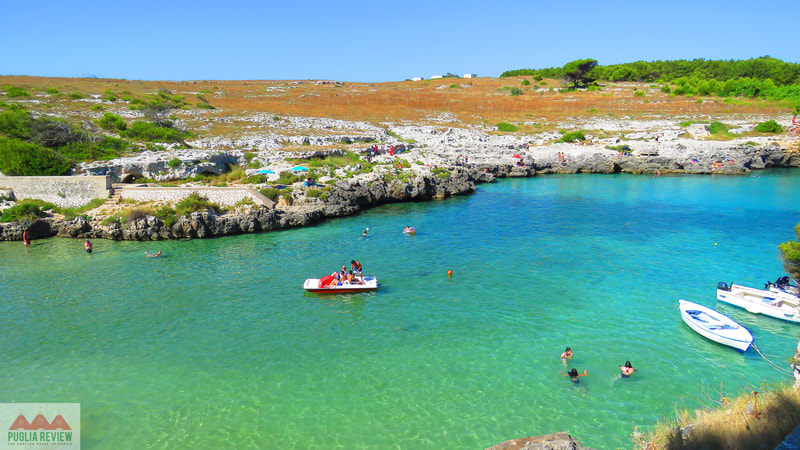
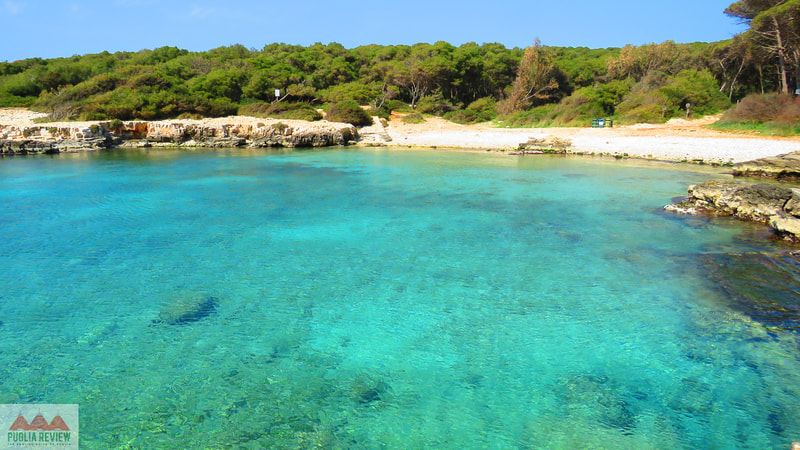

 RSS Feed
RSS Feed




















